Over a billion people in mainland China speak Mandarin Chinese, the official language of China and Taiwan. This reference grammar provides, for the first time, a description of Mandarin Chinese in functional terms. Both the word-level and sentence-level structures are examined in terms of their meanings and the functional roles they play in actual conversations, rather than in terms of technical abstractions. Not only are the empirical facts of Mandarin faithfully presented but the authors describe their steps of reasoning and, wherever possible, supply explanations for their generalizations.
An interesting characteristic of Mandarin Chinese, when compared to nearly any other language, is the relative simplicity of its words. There are very few ways in which Mandarin Chinese words can be analyzed as being made up of component parts called “morphemes,” and very little morphological complexity exists in any of the Chinese dialects. In comparison to the relatively rich inventory of suffixes and prefixes found in languages such as Latin, Turkish, Ojibwa, and even English, it is clear that Mandarin is quite striking in its general lack of complexity in word formation.
Further, in Mandarin Chinese the positions of subjects, verbs, and objects are conditioned by a number of factors such as the expression of topic, and of definiteness and directionality.
The content of this book represents original analysis of a language that is typologically distinct from most of the well-studied languages of the world. It should be of special interest not only to students and teachers of Mandarin, but also to linguists, anthropologists, philosophers, and Sinologists.



 天天爆殺
天天爆殺  今日66折
今日66折 
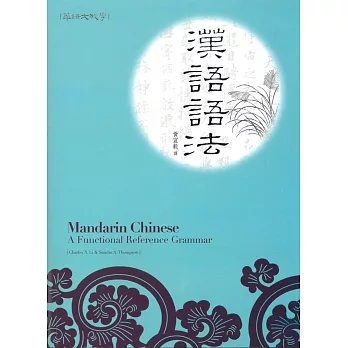


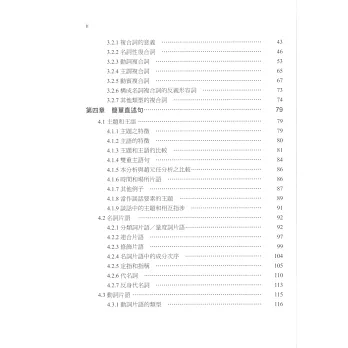
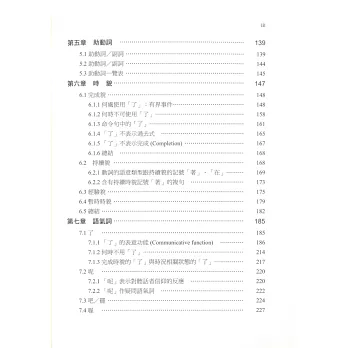

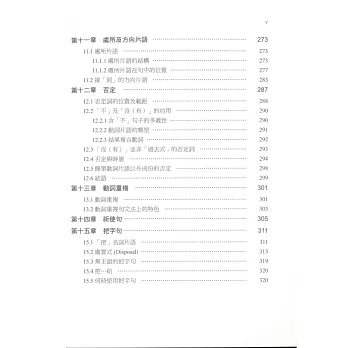
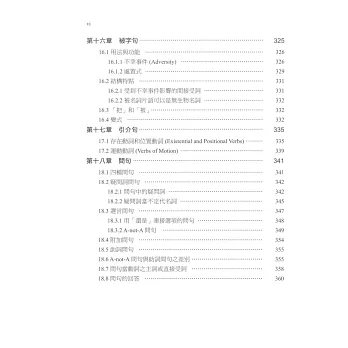
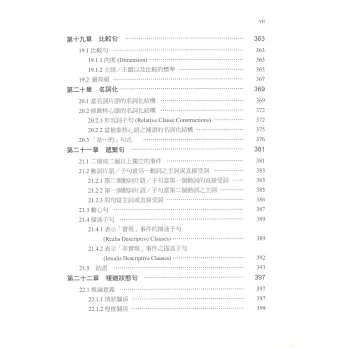

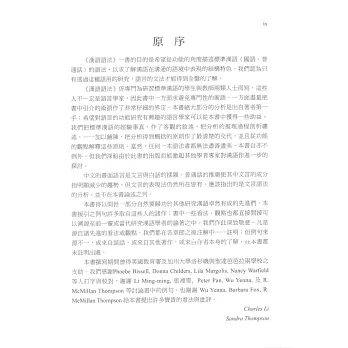
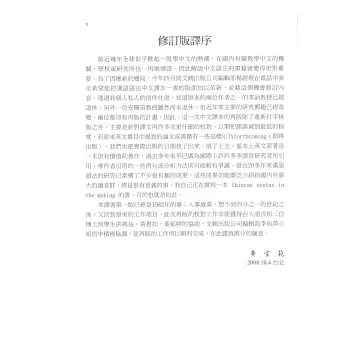
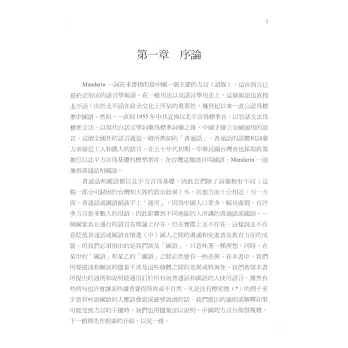


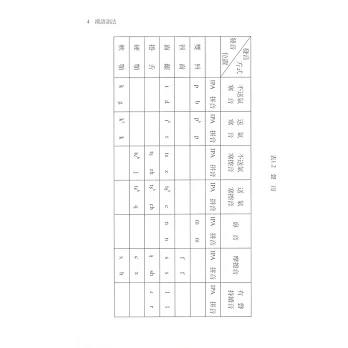

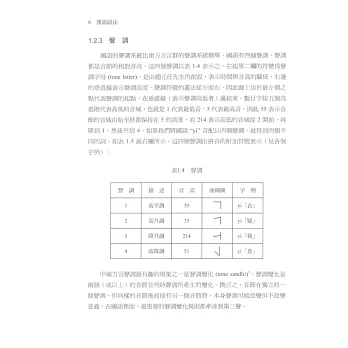
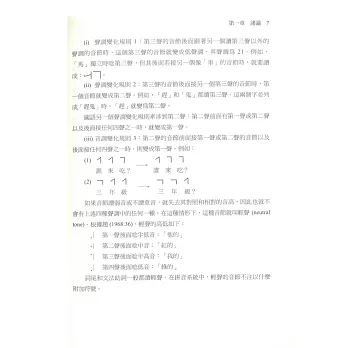
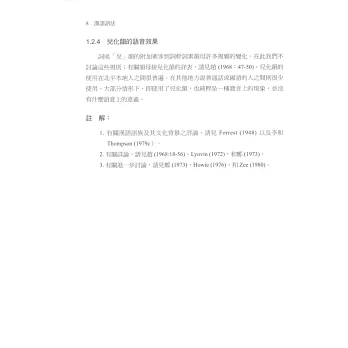
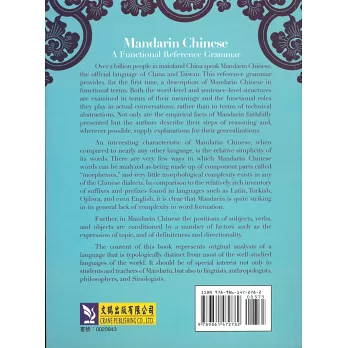



























 博客來
博客來 博客來
博客來 博客來
博客來 博客來
博客來 博客來
博客來